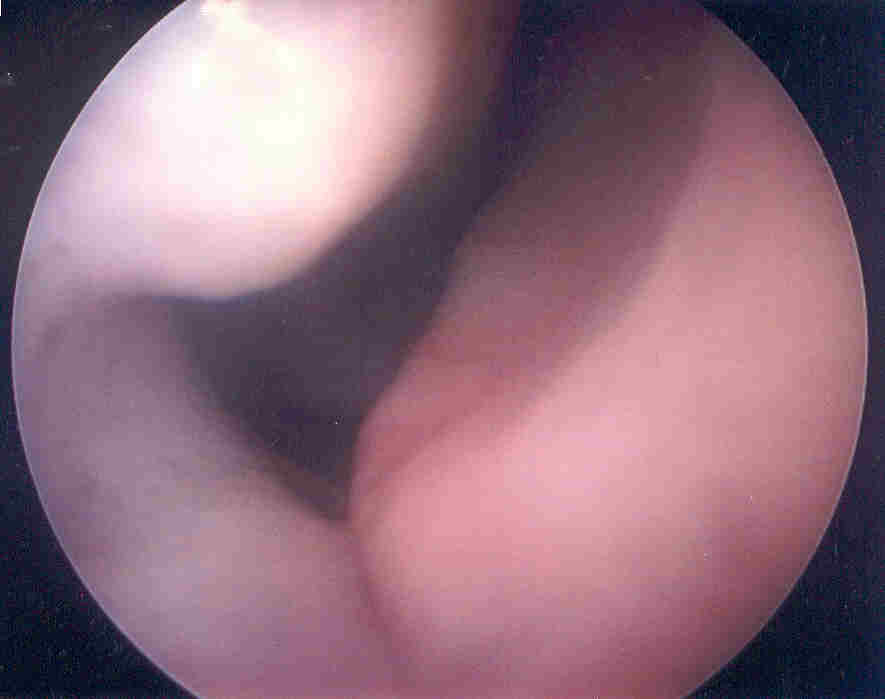Patients that present with nasal obstruction might have a number of different processes causing their symptoms: allergies, chronic rhinosinusitis, septal deviation, turbinate hypertrophy, or rarely a tumor. An otolaryngologist is best suited to evaluate your cause of nasal difficulties.
Most patients do not have a septum that is entirely straight: almost universally there will be some irregularity. The patients that seem to respond most beneficially to septoplasty are those who have evidence of significant septal deviation in combination with subjective complaints of obstruction.
The cartilaginous septum grows until around the age 18. Because of this fact, we do not like to intervene with a septoplasty until the patient reaches this age. Septal deviation may occur due to nasal trauma, but often is due to the cartilage "outgrowing" the available space (determined by the surronding bone) and hence, buckling occurs.
Typically the surgery is done entirely through the nostrils; no bruising or external signs are evident. The surgery might be combined with a rhinoplasty, in which case the external appearance would be altered and swelling/bruising of the face is evident. Sometimes the surgery is combined with sinus surgery; the septum may block visualization and need to be straightened in order to see the sinus ostia fully.
The surgery requires approximately one hour, depending on the difficulty of the anatomy. A small blood loss (e.g., 30cc) is normal. Packing might be required, but usually it is best avoided as patients have a difficult time tolerating packing. Splints (narrow plastic sheets) are typically used along either side of the septum to help it to heal correctly. The nose does not feel very open after surgery due to the splints, internal swelling, blood clots, etc. The nose will feel much more patent approximately 2 weeks postoperatively. Visits are required at one week (splint removal), and then several more to check on the healing status of the nose.
A septoplasty may bring some relief to an allergy patient, but it is not a replacement for proper allergy management.
Turbinate reduction refers to the "reduction" of the nasal blockage that is due to the turbinates. There are many ways to accomplish this. Overall though, a principle to adhere to is that of mucosal preservation. The turbinates should not be "cut out" or the patient may begin to actually complain of nasal obstruction again, even though their nose is widely patent. Typically the tubinates are outfractured +/- cauterized +/- laser treatment.
